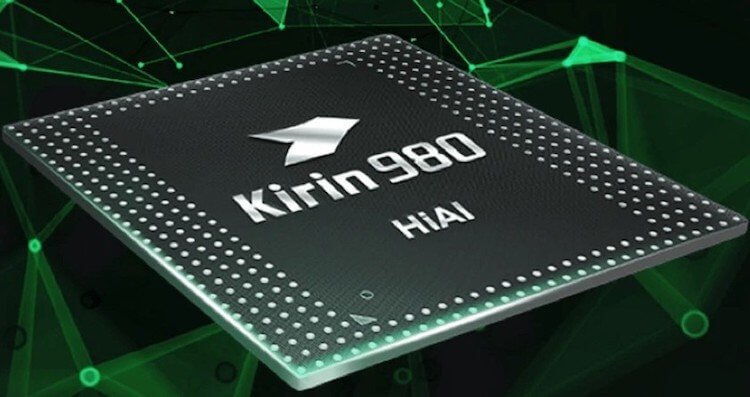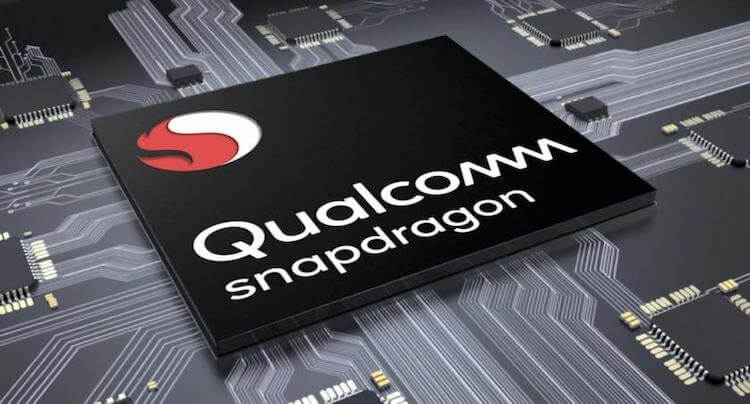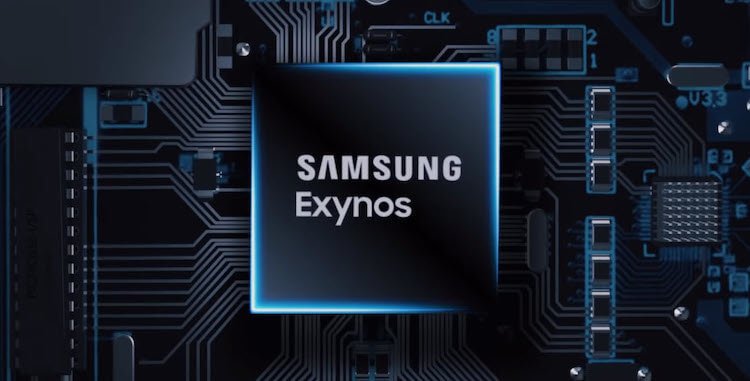Many wonder how long their smartphone will receive software updates. Simply put, if the tenth version is currently the current version Android, then people wonder if they will get the eleventh, twelfth, thirteenth, and so on. Practice shows that usually updates are limited to two or three years, but there are exceptions that once again prove that there would be a desire, and the creation of the update will follow. In this article, I will tell you how long smartphones will take to update depending on which processor they are running on. Many people may find this information useful.

The processor is the head.
Is it possible to upgrade Android from 5.1
There is a smartphone manufacturer like Fairphone. In general, nothing interesting, especially now. But this particular brand has one smartphone model that came out with Android 5.1 Lollipop on board, and received an update to version Android 9 Pie earlier this month. It's common for Apple to update its devices for so long, but it's rare for Android.
It is clear that the company just wanted to promote itself and it succeeded, but it is on such examples that questions arise in the spirit of “what, it was possible”. At the same time, representatives of the company said that they had to overcome on the way to receive a relatively fresh (now the current version is Android 10) updates.

The update should be helpful, but it may not be.
Fairphone noted that Qualcomm has ended support for the Snapdragon 801 chipset inside Fairphone 2 after Android 6.0 Marshmallow. In fact, the company had to figure out the process itself and write an update for the processor, which was no longer supported. Our colleagues at Android Authority surveyed processor manufacturers and got some interesting responses from them about how long they are going to support their devices.
HiSilicon – processors for Huawei and Honor
HiSilicon is a subsidiary of Huawei that builds processors for Huawei and Honor. She works closely with the TSMC plant, which produces chips for her order, but will soon be phased out due to sanctions.
Huawei answered that it supports its processors for two to three years, but did not clarify if this applies to all models or only to the flagships.

All top Huawei and Honor work on their own chips.
It's worth noting that the Mate 10 released in 2017 Huawei and the 2018 Huawei P20 and P20 Pro recently received updates that brought Android 10 to them. In general, this fits into the indicated framework, but with cheaper smartphones everything is worse. Even Huawei P20 Lite did not receive Android 10 and it is not known if it will. This also applies to the “Y” series smartphones.
Qualcomm is the most massive manufacturer
Qualcomm is the largest processor manufacturer for Android in the world. Therefore, such a manufacturer simply has no right to poorly support their chips.
Company representatives have assured that their chips support at least three versions of updates since the release. Further support is also possible, but it is provided depending on the needs of the customers and the market. That is, further updates are possible if someone is interested in this.

Qualcomm is the most mainstream processor for Android.
It is also noted that Qualcomm has its own bug search program, which allows you to assess risks and release updates if critical errors are found that were not detected during the first time of use.
Despite the assurances of the company, cases of longer renewal are rare. Even Google Pixels, which just because they are produced by the creator Android have to support long updates, don't get them. So, Android 10 received all smartphone models, but the first generation Pixel will most likely remain without updates to Android 11. Sad!
MediaTek and Samsung – so different, but so similar
Unfortunately, MediaTek and Samsung did not answer the question about the support time for smartphones. However, we ourselves can draw certain conclusions.
Phones on MediaTek receive updates very poorly. True, this can be partially attributed to the work with budget second-tier smartphones, which often use these chipsets. Its smartphones receive one or two updates frequently, but the official policy of the company remains unclear. Perhaps they just didn't want to share her.
The Samsung Exynos chipsets that power Galaxy devices are getting slightly better updates. For example, 2 year olds got Android 10, which is good. However, for smartphones like the Galaxy S20 Ultra, which people bought at the start of sales for $ 1,500, this update period looks like a spit in the soul. Especially when even the two-year-old Galaxy J6 and Galaxy A7 2018 receive Android 10.

Samsung can make processors, but they need to be tightened up a bit.
Why smartphones on Android update so badly
It is impossible to say that someone alone is to blame for not receiving updates, just as it is impossible to blame everything on hardware manufacturers or Google. In fact, much more depends on the manufacturer of the smartphone. If he wants to please an old client, he will update, and if he wants to persuade him to buy a new device, he will not send him anything.
Each update means effort, time and money, because everything needs to be tested and only then sent to users. Few people want to do this for free, and even substitute in case there are many mistakes. And again, the high fragmentation of the market Android – smartphones hinders. Even within one manufacturer, the spread is often found from models for several thousand rubles to super flags.
Google is more loyal to this and allows users to “untie phones” from the manufacturer and update them more flexibly. But how many will do this? If you did this, tell us in our Telegram chat what prompted you to do this.
